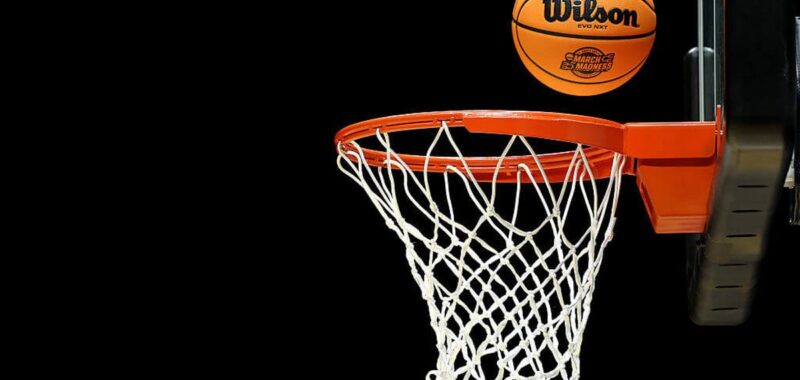Coach’s challenges may be coming to college basketball as soon as next season.
The NCAA Men’s Basketball Rules Committee on Friday proposed granting coaches one challenge per game to review “out-of-bounds calls, basket interference/goaltending and whether a secondary defender was in the restricted-area arc.” Coaches would need to have a timeout to request a challenge, and if a challenge is successful, coaches would be granted another for the rest of the game, including overtime. But if a challenge is unsuccessful, the coach would lose the ability to challenge for the rest of the game.
That proposal is one of several recommendations the NCAA Playing Rules Oversight Panel will review on June 10 for use during the 2025-26 season.
The committee recommended creating a working group to explore a long-discussed change from halves to quarters. It also proposed modifications to continuation rules, and whether officials can review basket interference/goaltending calls in the final two minutes of games.
Karl Hicks, the rules committee chairman and American Athletic Conference associate commissioner for basketball, said in a statement that the committee focused on improving the ends of games, which see an increased number of stoppages for official reviews. Under the proposal, officials would no longer review out-of-bounds calls unless a coach challenges the ruling.
“Coach’s challenges were deemed to be the most efficient way to accomplish this goal,” Hicks said.
Hicks said the committee found a substantial number of the reviews during conference and NCAA Tournament play came on out-of-bounds plays. Ultimately, after studying “other basketball leagues around the world,” the committee agreed that the NBA coach’s challenge system, first adopted in 2019, was the best fit for the college game.
Beyond the potential coach’s challenge, the committee’s most noteworthy recommendation is further exploration of changing men’s college basketball games from halves to quarters, which is the standard in the NBA, women’s college basketball and many other global basketball leagues.
The committee said there was “positive momentum” to make such a change, but also cited hurdles, including “the structuring of media timeouts to accommodate commercial inventory.” For that reason, the committee proposed creating a working group to study the issue and report back by this time next year.
Regarding continuation, the committee recommended that a player “who ends his dribble going toward the basket and absorbs contact from the defense, would be permitted to pivot or complete the step the player is on and finish the field goal attempt.” Currently, men’s college players are only credited with made shots when fouled while shooting the ball. Such a shift would track more closely with the NBA’s continuation rules.
“Our players are sophisticated, and the committee felt we were penalizing offensive players who made really good moves,” Hicks said. “We want to bring our game in line by what other levels of basketball are doing. When I say other levels, that includes the high school level. Their rule is more liberal than our college rules when it comes to shooting the ball. Hopefully, we won’t see as many officials waiving off baskets that will now be considered part of the shot.”
Another smaller recommendation is the ability for officials to call Flagrant 1 fouls when a player makes contact with another player’s groin. Presently, officials must call either a common foul or Flagrant 2, which ejects a player, in such scenarios.
(Photo: Andy Lyons / Getty Images)

